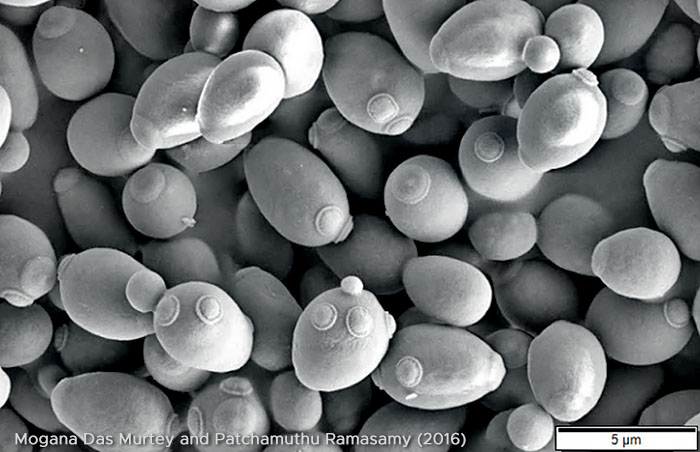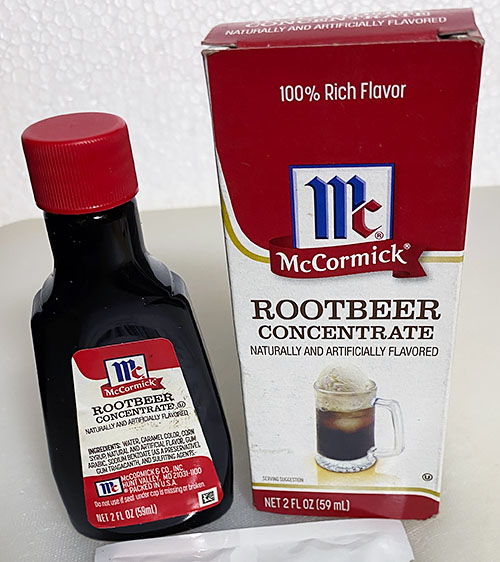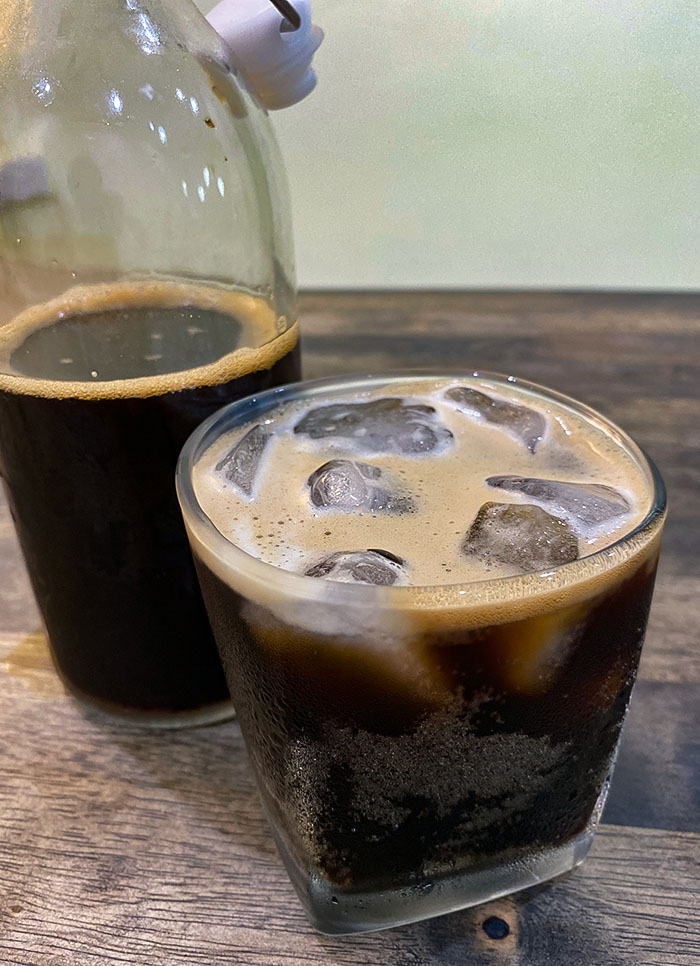Dr
Clem's Root Beer
Another brewed delight
|
The yeast Saccharomyces cerevesiae is a very important agent in the world of food and beverages. Its abilities have been exploited in the production of foods since ancient times before microbiology was known. Louis Pasteur was the first to demonstrate in the mid 19th century, the biological action of yeasts on sugars in the absence of air (fermentation).
In baking, it is a leavening agent where it metabolizes fermentable sugars in the dough or cake mix, to produce carbon dioxide gas. This gas forms pockets /bubbles in the bakery preparation and gives it a soft and spongy texture which is fixed when baked. In beverages, the yeast metabolizes sugars in the brew wort to produce both ethanol and carbon dioxide. This is what gives beer and champagne both its kick (alcohol) and frothy/bubbly nature (gas). In root beer, the ability of yeast to make gas is what is captured rather than its alcohol-making quality. Although called a beer, if properly made, root beer is not noticeably alcoholic (less than the 3 - 5% of most beers). My guess is that root beer has the latter noun because it froths when poured, just like a beer i.e. it looks like a beer.
This is how I made
a batch of root beer. |
General precautions
Prepare the root/sugar substrate
|
|
|
|
|
Prepare the yeast inoculum
|
|
|
Pitching the sugar syrup
|
|
Fermentation
Enjoy your bubbly root beer!
|
Created by
Clem Kuek
19 Jan 2022




